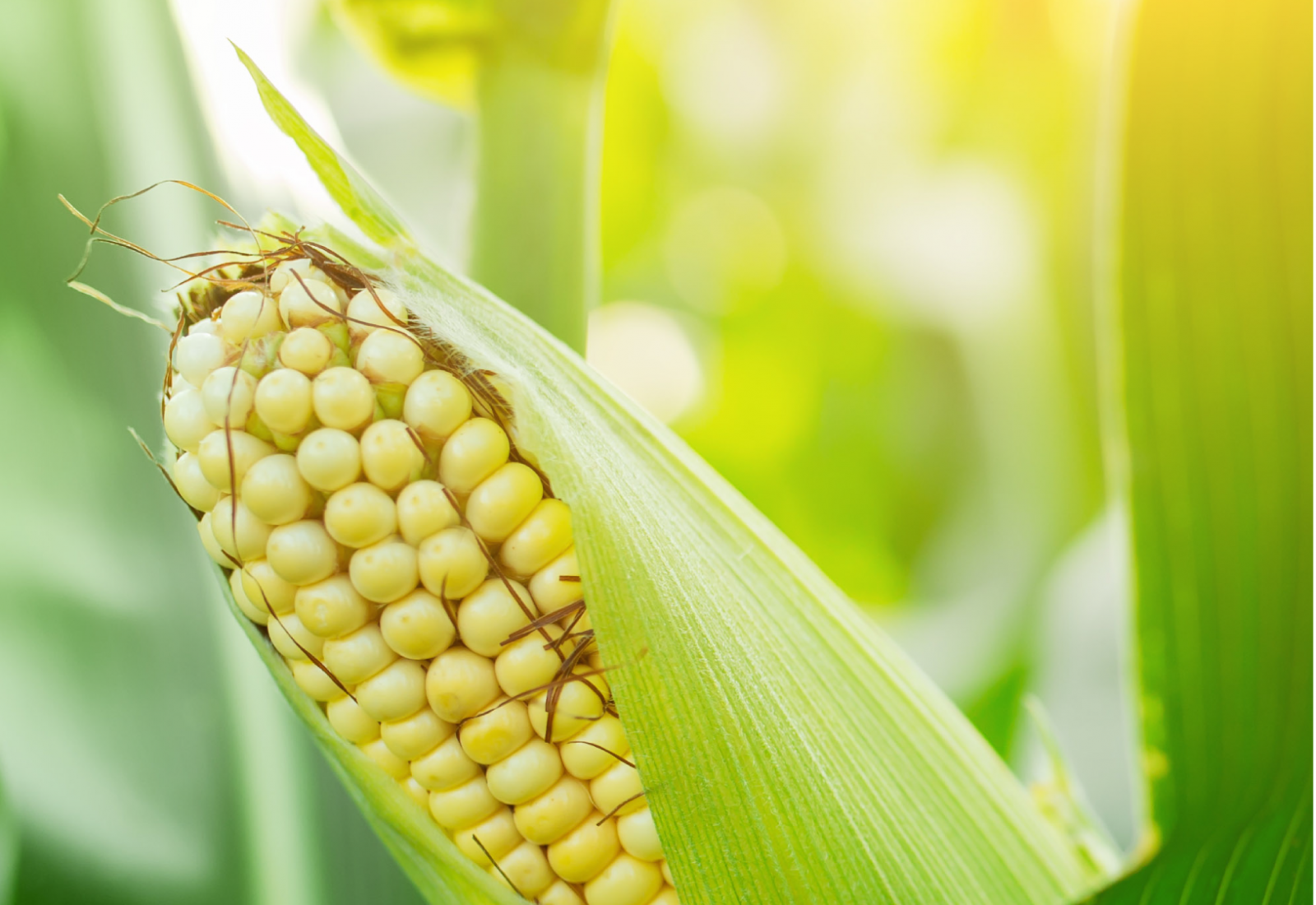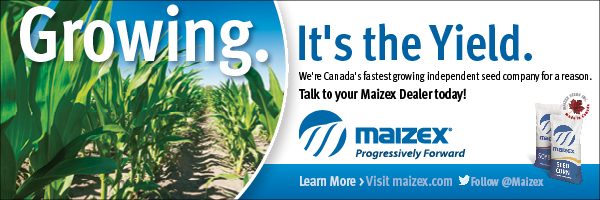Will Corn Follow Soybeans into Western Canada?

By Ron Friesen
In June 2013, Monsanto Canada raised eyebrows by announcing an aggressive plan to substantially increase corn acreage in Western Canada.
Titled the Canada Corn Expansion Project, the plan called for Monsanto to invest $100 million over the next ten years to produce corn hybrids suitable for growing conditions on the Prairies. The project, when complete, could see corn grown on eight to ten million acres by 2025, a 20-fold increase from the current acreage, according to Monsanto.
That was four years ago and there are eight years left in Monsanto’s plan.
How’s it going so far?
Slowly, according to industry observers.
“We’re in 2017, here, with eight years to go. It’s pretty tough to call at this point,” says Mitchell Japp, provincial cereal crops specialist with Saskatchewan Agriculture.
To be fair, there has been progress. According to the Manitoba Agricultural Services Corporation, Manitoba growers insured 424,316 acres of grain and silage corn in 2016, up 34 percent from the previous year. But the 2016 acreage is only marginally ahead of the total in 2013 when 421,870 acres were insured. True, Stats Canada this spring predicted Manitoba farmers would plant 475,000 acres of grain corn in 2017, well ahead of last year’s figure. Still, Manitoba’s corn acreage to date can best be described as relatively stable.
Next door in Saskatchewan, corn is expanding faster but the acreage is much smaller. According to 2016 census data, grain and silage corn acreage totaled over 120,000 acres on nearly 1,000 farms. That’s up considerably from the 2011 census, which reported 38,000 acres of corn on 400 farms. But much of it is silage corn used for forage or grazing. At best, corn in Saskatchewan is still a marginal crop.
Judging by the figures, corn in Western Canada has a long way to go to reach Monsanto’s lofty goal.
For its part, Monsanto insists the company’s plan is on target and corn acreage should show some major increases once new hybrids start coming on stream in a few years.
“Once the pipeline starts to go, it will flow a lot more,” says Dan Wright, Canada corn and soybean portfolio lead for Monsanto. “We feel good about it. I know our breeders feel good about it.”
Wright said Monsanto’s breeding team has made “great progress” in developing high-yielding early maturing hybrids with low heat units. The company is currently working on hybrids that mature in 70 days with target yields at or above 130 bushels per acre. It expects to release the first one for commercial use in two to three years.
That’s the kind of hybrid needed for corn acreage to increase exponentially across the West, says Brian Nadeau, president of Nadeau Seeds in Fannystelle, Manitoba. Currently, the best available varieties mature at around 74 to 75 days.
“They’ve got to come out with 70- to 71-day corn with great yields,” Nadeau says.
Monsanto’s target of 130 bushels an acre is in line with current yields in southern Manitoba, where much of the province’s corn is grown. Last year’s provincial average yield was a record 140 bushels an acre, according to Pam de Rocquigny, Manitoba Corn Growers Association general manager. But matching high yields with fewer days to maturity can be a tricky balancing act, she adds.
“Sometimes, when you shorten days to maturity, the yield potential goes down with it,” says de Rocquigny.
The trick, then, is to develop varieties that yield well and mature early in order to reach Monsanto’s goal.
That may not be as unrealistic as it sounds. Crops once considered marginal in Western Canada became major players after producers got their hands on varieties suitable for local growing conditions. Just look at what happened to lentils in Saskatchewan and soybeans in Manitoba. Once the acreage for those crops reached a critical mass, they took off.
“We saw that growth curve in Manitoba very recently for soybeans. It got to that critical threshold and it just ballooned,” Japp says.
Japp suggests corn might also have some possibilities in southern Alberta, where irrigation infrastructure is in place. The region has more heat units than Saskatchewan and ready access to feedlots, so there could be an opportunity to feed high moisture corn without having to dry it first.
But accessing hybrids that yield well and mature early during a short growing season is only one challenge for Prairie growers. Another is the high cost of equipment and infrastructure.
Nadeau says a corn planter is essential, since an air seeder isn’t suited for corn. A special header for harvesting is preferable. Also essential is a grain dryer because corn comes off the field with moisture content of at least 25 percent, which has to be lowered to around 14 percent for safe storage. Bins should be aerated and growers need a lot of them because corn is a high-yielding crop.
For first-time growers, Nadeau recommends starting small – anywhere between 80 and 260 acres. Hire a custom corn planter to seed the crop instead of buying an expensive planter right away. And do your homework by consulting experienced growers before starting out.
“Go visit your neighbour who’s grown it for many years and take his advice,” Nadeau says.
Despite Monsanto’s ambitious long-range agenda for corn, most industry people are taking a wait-and-see attitude. Some doubt the company’s goal is even possible.
But it depends. This sort of thing has happened before. Soybeans were once a minor crop west of Ontario. Now they are the third largest crop in Manitoba. Lentils were once considered a rarity. Now 65 percent of the world’s lentils are grown in Canada, mainly in Saskatchewan. Spring wheat used to yield 25 bushels an acre. Now, farmers are harvesting more than twice as much.
Given all that, who says Monsanto and other companies investing heavily in corn research can’t achieve similar results?



